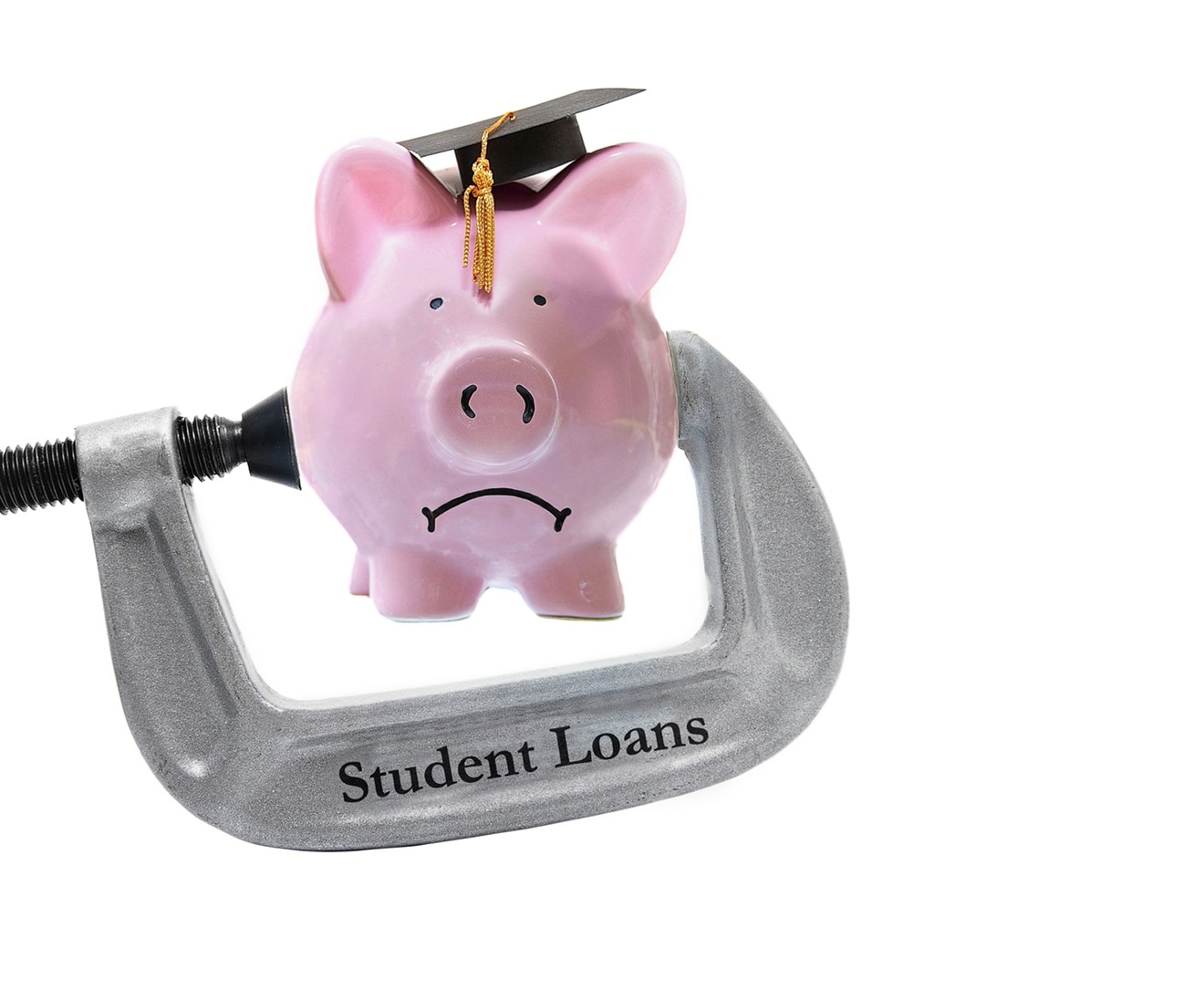The data show that nationally, students typically put 6 percent of their paycheck toward student loans but in Dallas, many areas surpass this number, even reaching 18 percent.
The numbers tend to be worse for areas where low-income borrowers and young people live, such as Dallas, says Maggie Thompson, executive director of Generation Progress, a progressive political group targeting millennials. She said those between 22 and 37 are forking over more of their paychecks to pay off their student debt than any other generation before them.
“This is a new variable in people's kitchen-table budgets,” Thompson says. “Older generations never had to budget this side-by-side with their monthly bills.”
Research from the group shows that people of color also hold higher student loan debt burdens than their white counterparts.“We see the student debt crisis as a racial justice issue too.” — Maggie Thompson
tweet this
“The student debt markets reflect structural racism,” Thompson says. “We see the student debt crisis as a racial justice issue too.”
One of the largest disparities in Dallas is between University Park, which has a student loan debt burden of 4.6 percent and 5.6 percent, and the neighborhoods surrounding that area, which have student loan debt burdens ranging from 9.9 percent to 18 percent.
Compared with the rest of the United States, Thompson says Dallas has one of the most striking contrasts between neighborhoods so close to each other that she’s seen.
Nationwide, total student loan debt has reached $1.5 trillion, but Thompson says she has hope that lawmakers within cities and states hold the key to solutions and will use the data to fix the problem whereas U.S. Education Secretary Betsy DeVos and the federal government can’t and probably won't.
According to a press release from the Center for American Progress, lawmakers can help those suffering under the crushing weight of student debt by improving college affordability for future students, helping those who have already graduated with managing their debt and blocking profiteers who are making money off of the crisis.
“I think there is this feeling within municipalities that think this is a federal issue because many people do take federal loans,” Thompson says. “Our data shows that student debt affects your cities at the local level too.”












